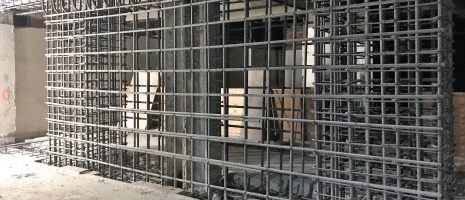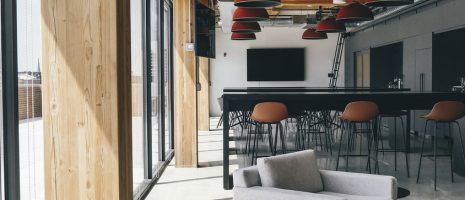Prototype design: No-cost strategies that reduce risk and save time and money

By Dave Pflipsen, Eric Vandenbroucke, and Eric Stoerger
Creating a successful prototype design for multiple buildings requires extensive planning and preparation. Just as critical is collaboration among the design and construction team. Without significant communication and mutual understanding, a series of prototypes can quickly become problematic as they enter the construction phase. Each project site will be slightly different; codes change between locations and over time, and building orientation varies. Following are some tips to successfully address these and other issues on your prototype project.
Establish design goals clearly and early
As soon as the architect, engineer, and general contractor are in place, the team should begin the collaboration process by ensuring complete and mutual understanding of the project goals. Working with the owner, the team also will need to decide how the project will be let for bid and constructed, and if the same process will work in all proposed locations.
Next, they should determine if the prototype design will be a rigid plan that needs to be followed exactly or a general plan that can be modified to accommodate a variety of installations.
To establish these goals, ask as many questions as possible; assumptions can be dangerous when designing a plan that is to be replicated. Gather input from all involved and listen to each team member. You never know where a good idea will come from.
Eliminate inconsistencies
When defining space requirements and making system selections, gather input from the entire team and discuss how the systems will affect the project goals, operating criteria, and end results. Working as a group will help eliminate inconsistencies so that the entire project benefits.
Define any standards that will be used, such as space allocation, finishes, and equipment selections. Also consider whether the standards bring value to the project; if they apply to all geographies; if they’ve been used previously, and if the equipment and material selections need to be updated.
Because a prototype needs to be clearly defined before multiple projects can be built, it’s important to pay attention to the details. Small improvements to layout, design, and efficiency have an exponentially bigger impact as those improvements are implemented across many sites.
Be aware of differing and changing codes
Keeping up with codes and standards is a must for the entire team – particularly since prototypes are built in different jurisdictions and sometimes years apart, after codes have changed.
When designing a new building based on its prototype, think about what the code was when the original prototype was designed, what the code is now, how that impacts the design, and if it impacts other firms on the project.
You can’t necessarily future-proof the design for each building to have it be easily adaptable to a new site, project or prototype, so having an open conversation with the design team and owner before a new project starts can be the single most successful thing you can do as a team.
Exercise diligence during site selection
Each member of the design team can provide valuable information during the site selection process, which may require an understanding of system operations in leased spaces.
Don’t rely solely on a real estate broker or separate consultant for site selection – involving the entire team may create an extra step and additional cost but will bring individual perspectives related to each area of expertise to ensure the building site works. If the site doesn’t work, the issues brought forth and discussed will make the eventual selection that much easier.
Virtual reality walk-throughs or physical mock-ups (using low-cost materials like cardboard or foam) can also help the owner visualize a proposed site’s floor plan and design and assist the team in identifying and correcting issues early – or choosing a different site.
Conduct a post–construction review
Following construction, use Revit to make changes to the prototype design, making any necessary tweaks to improve operational efficiency, constructability, and cost.
By reviewing completed projects and lessons learned, the team can integrate improvements into future projects, adjust standards and budgets, and build upon their mutual understanding and collaboration as partners.
For more information, contact Eric Vandenbroucke, Eric Stoerger, or Dave Pflipsen.











